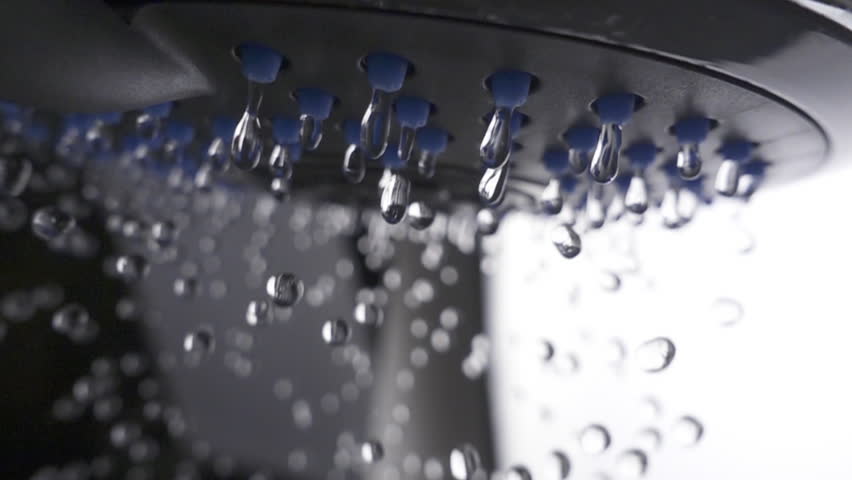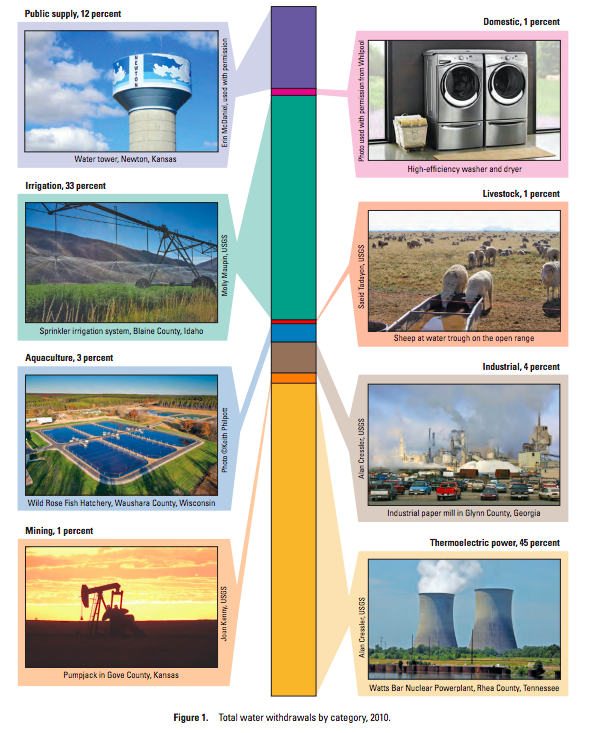What Has Government Done to Our Bathrooms?
People who have traveled the world, or are of a certain age and have long memories, are conscious, however inchoately, that something has gone very wrong in our bathrooms. Maybe you are among those who have noticed.
You travel to Brazil or Spain or Israel, and you take a shower. The water pours down on your head. It feels like the first real shower you have had in years. You come back to the US. The water dribbles out. You stare up in disbelief. Is this all you got? Yep.
You wonder what has gone wrong. The shower barely gets the conditioner out of your hair. You buy a new shower head that promises much but delivers nothing at all. No matter how long you stay in, you don’t feel like you are getting clean.
You long for Brazil. You wish for Mexico. Anywhere but the U.S. because none of these countries have gone what we’ve gone through since in 1992 George Bush signed new amendments to the Clean Water Act that mandated low-flow showerheads (2.5 gallons-per-minute max). No retailer can sell any showerhead that does not conform. You can buy them and hack them (I’ve become very good at this) but even then, there is a problem because the water pressure in our homes and commercial spaces is also restricted.
Hacking gets you improvements (the cheap showerheads are easiest to hack), but, even then, we are far from the ideal.
I’m staying for the week in a New England mansion – Edgewood, the historic mansion of the American Institute for Economic Research – built in the nineteen teens originally but with plumbing that dates from the 1930s, as installed by Crane Plumbing back in the day. The original fixtures are still here. Thank goodness no one had the idea of replacing them with “modern” and “efficient” fixtures.
You turn on the shower. It’s Niagara Falls. Just imagine barrels of water being dumped on your head. When one runs out, another begins to pour. This keeps happening, the water all warmed to the most luxurious temperature. No matter how much I describe it, you have to experience it to believe it. If I could permit access to one person after another to such a shower as this, there would be some kind of revolution in this country.
And the toilet: the tank is gigantic, unbelievable. It would sell on the black market today for six figures. Why black market? Because it is illegal to sell such a thing on public markets today. Since 1994, all toilet tanks can only hold a maximum of 1.6 gallons. This explains why there must always be a plunger nearby. It’s why you have to buy bleach capsules. It why one-ply toilet paper is so common. Anything else leads to embarrassing clogs.
With modern toilets, you are just glad when they accomplish the minimum most to achieve the task. Forget staying clean, however. There is not enough water running through them to achieve that. There’s not enough water running through the system even to keep the buildup away from fixtures and pipes, so you are forever having to repair them.
No matter how much technology you deploy, there is no way to make a toilet work the way it once did by using only 1.6 gallons of water per flush.
But this toilet from the 1940s is a wonder. The initial blast takes care of the essential task. There is another round of water that cleans further. And yet a third comes along to wash yet again. The results are infallible, clean, and truly glorious. How many gallons is it? I’m estimating 8 but it could be 10 or more. It is huge and wonderful.
The only reason that this world went away is regulation. It has nothing to do with a water shortage. We’ve got the technology to consume all the water we need and are willing to pay for. Not only that: water is the ultimate renewable resource. It comes down from the sky, we use it for stuff, and it goes back up again. Round and round it goes.
The only restriction on water today is purely statutory. Even then, it is ridiculous.
On the campaign trail in December 2015, Donald Trump was challenged to mention a regulation he would repeal. It was this one that he named. “I’ll give you one regulation,” Trump said. “So I build, and I build a lot of stuff. And I go into areas where they have tremendous water. … And you have sinks where the water doesn’t come out. It’s true. They have restrictors put in. The problem is you stay under the shower for five times as long.”
He was exactly right.
What is the thinking here? It’s always about conservation. The regulators see our use of shower water as amazing waste. Listen to this alarmism promoted by the EPA:
“Showering is one of the leading ways we use water in the home, accounting for nearly 17 percent of residential indoor water use—for the average family, that adds up to nearly 40 gallons per day. That’s nearly 1.2 trillion gallons of water used in the United States annually just for showering, or enough to supply the water needs of New York and New Jersey for a year!”
My goodness, that sounds terrible. What decadent and wasteful people we are. No wonder there are flow stoppers in our showers.
But hold on a minute. A full page of seemingly scientific statistics at the EPA never actually raises the central question. What we really want to know is: what portion of overall water use do our showers actually drain? What difference are we making to the whole by degrading our shower experience in such an extreme way?
For this date, you have to head over to the Department of the interior, and look at estimated water use in the US. It turns out that the thermonuclear power and agriculture account for 78 percent of all water use. Public supply in general – meaning everything that could possibly be related to any domestic or commercial use where you live – is only 12 percent of the total.
We are being hectored daily about our water use, but it turns out that straight up domestic use of the public water supply accounts for a small fraction of total use. “During 2010, about 42,000 Mgal/d of freshwater was withdrawn for public supply, which accounted for almost 12 percent of the total water withdrawn.” And how much of that is actual household use? “About 57 percent of public-supply withdrawals [which itself is 12 percent of total], or 23,800 Mgal/d, was delivered for domestic use, which includes indoor and outdoor residential uses, such as drinking water, sanitation, and landscape watering.”
In other words, all the water use associated with every home in the US, including the washing machine, swimming pool, lawn watering, car washing, cooking and cleaning, plus flushing and showering, account for less than 7 percent, and probably close to 5 percent of the total. You can look through the report yourself and see but there is no estimate at all about flushing and showering because the usage is so small, even to the point of being negligible.
The amount of water you use for showering, flushing, washing dishes, and washing clothes is a tiny fraction of overall water use. Only by reporting raw numbers – and excluding the main uses of water for power generation and agriculture – can the public be convinced that living a lower standard of living is achieving anything to save the planet.
Essentially, the public is being gaslighted here: “a form of manipulation that seeks to sow seeds of doubt in a targeted individual or in members of a targeted group, hoping to make them question their own memory, perception, and sanity.” Water is scarce, true, but so is everything else. We have a system for dealing with scarcity: it is called prices. It applies to everything, water included. Water poses no special problems for economic allocation that do not apply to shoes, vegetables, or cars.
What, then, is the real point of all the scary data pushed by the EPA? If you were into conspiracy theory, you might observe that the thermonuclear power industry plus big agriculture are pushing regulations on normal domestic water use as a way of reducing water consumption and lowering prices for their own use. Sounds like the plots of myriad movies like Rango and Mad Max.
The net effect of all of this has been to ruin our bathrooms. You might not realize it because the change has been slow, extending over 25 years. Only by encountering a bathroom with original fixtures from the 1940s can you perceive the full horror of what has happened. Our showers are lame, our toilets don’t work, our pipes are dirty, and everything is less sanitary. Chalk it up as yet another thing that government has ruined.












